Those new to the science of copper-keeping will soon discover to their dismay that separating the coppers from the zincs is not as easy as they might have imagined. Sure, one would reason, how hard can it be to examine a penny and determine whether it is made mostly of copper? One only needs to remember that all pennies minted prior to 1982 were fabricated from an alloy of 95% copper and 5% zinc. Those are the ones you save. "Elemental, my Dear Watson."
Pennies produced by the mint after 1982 were constructed of 97.5% zinc, and 2.5% copper, and those are the ones you can disregard. Some hardcore hoarders advocate soaking these zinc pennies for eleven seconds in an emulsifying agent of sulfuric acid and lime juice under the action of a weak dc electric current. After rinsing them with tap water - be sure to wear gloves - you may then utilize gauze or a soft tissue to carefully daub both surfaces thereby salvaging the infinitesmal copper content.
Personally, I find that this leads to hundreds of thousands of minute toilet paper clumps littering your work surface. One then has to ignite these wads within a cauldron to achieve a form of pure molten copper. Finally - with steady hand - one must pour it into Made-In-China 1909s vdb penny molds - available at most every flea market (but check your local Walmart first) and then let them cool. Frankly, after replacing the batteries in my smoke detectors twice, I determined that it wasn't worth the trouble. But I diverge.
So are we in agreement that we aren't going to save the pennies minted after 1982? Good, let us proceed. You don't have to be an idiot savant, a four-year-old child could assist in separating the good pennies from the bad (hmmm, that just could be the title for a spaghetti western sequel). Make two piles and copper memorials and wheaties go on one side, zincs on the other. Simple, eh?
Not so fast, Seymour! What about the year 1982 itself? In that year the dastardly villains at the United States Mint decided to throw a wrench into the monkey works. Midway through the year they changed the composition of the cent! Production census figures assert that, I'm not making this up, more than 16 billion pennies were minted that year, so if you disinherit these bastard step-children you run the risk of missing out on an opportunity.
But is that opportunity one that you should let pass? If you keep the '82's, what then? Do you purchase a jeweler's scale so that you can segregate the heavier 3.11 gram coppers from the lighter 2.5 gram zincs? Do you spend hours chipping the surface of your kitchen table while dropping pennies to its surface to listen for a difference in sound? Is that tinnitus? No, it's just ringing in my ears. Do you balance a popsicle stick across a pencil (do not try this at home) to craft a crude balance?
It's up to you, it's a personal decision and I don't want to shape your beliefs. There are many sects of Copperists, but we all believe in the same God. For now, all my '82's are going into a box separate from the wheaties and the 1959 to 1981 memorials. Someday I'll figure an inexpensive way to determine between the saved and the heathen. Maybe I'll get one of those cheap coin-sorting contraptions like I saw on Youtube. What was it called? Oh, yeah... the Penny Miser. Looks like that could solve my dilemma.
Friday, November 6, 2009
Subscribe to:
Post Comments (Atom)



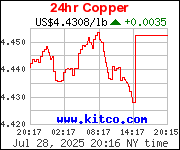


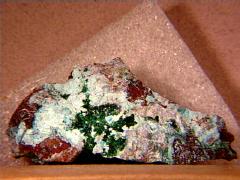

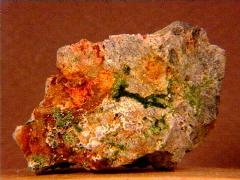
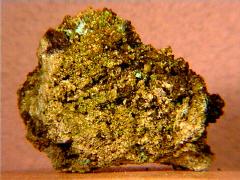
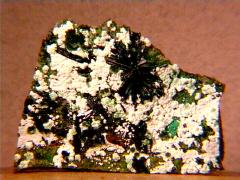
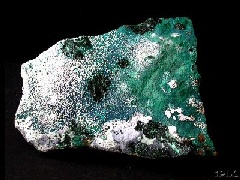


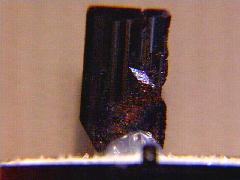
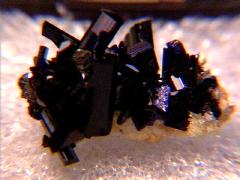
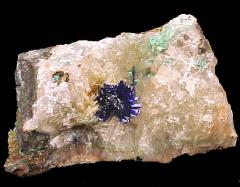


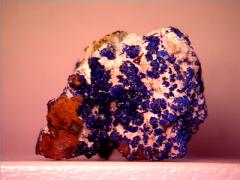






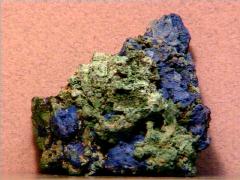

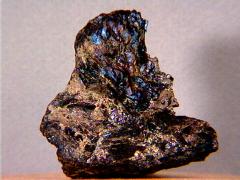




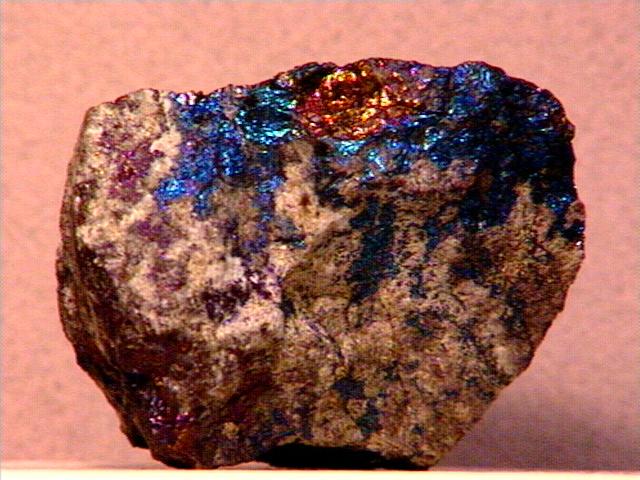


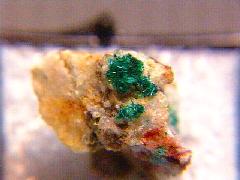
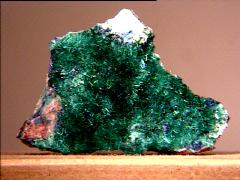






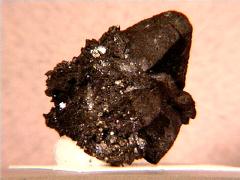
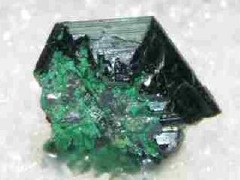
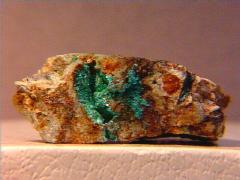

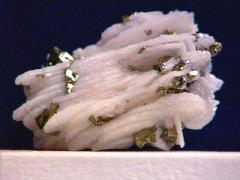
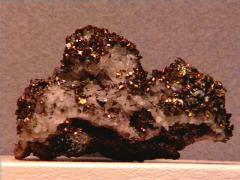

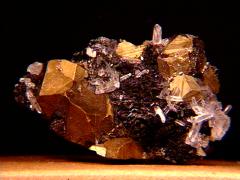
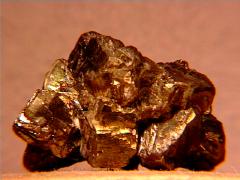




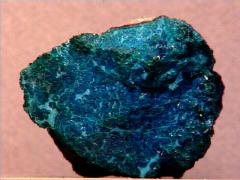
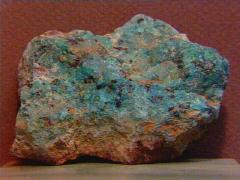


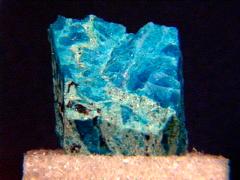
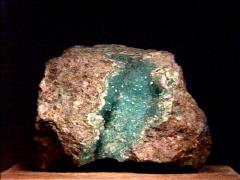
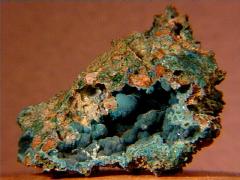
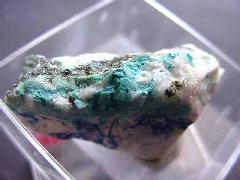
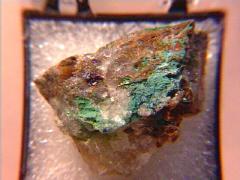

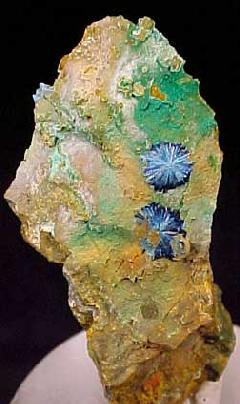
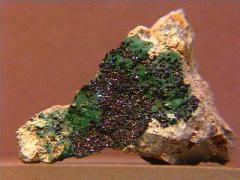

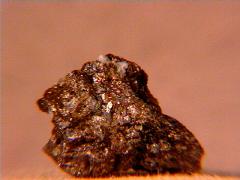
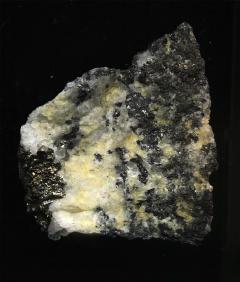



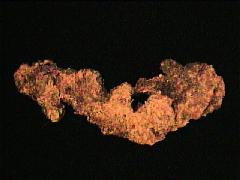


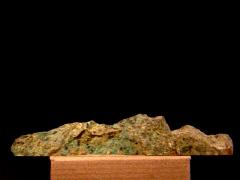



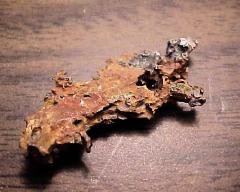
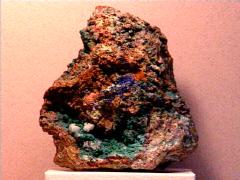


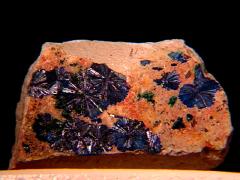
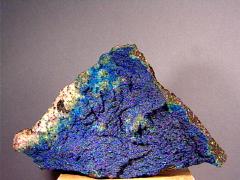

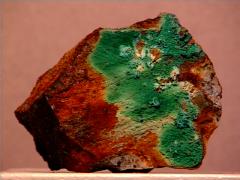


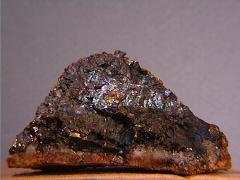
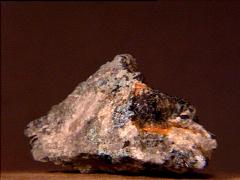


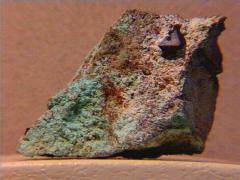


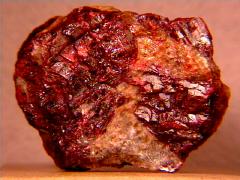
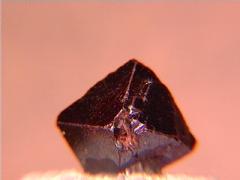

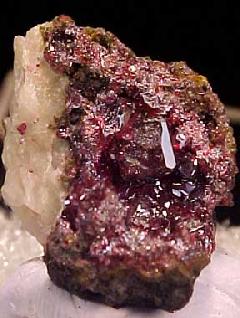


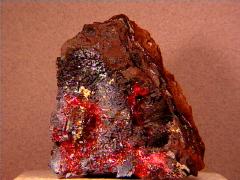


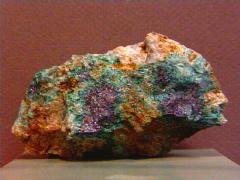

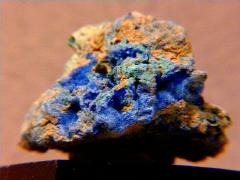

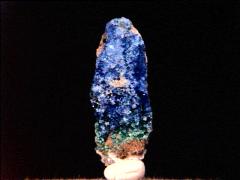




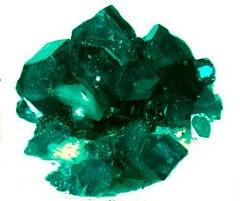



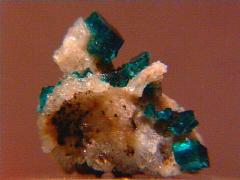








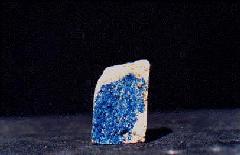


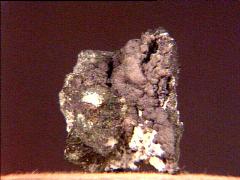
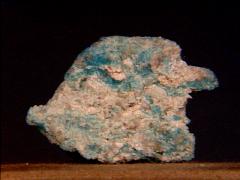
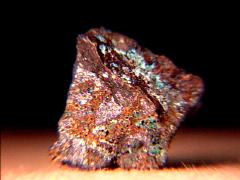





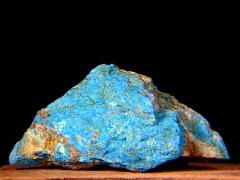

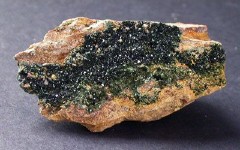


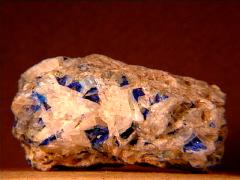
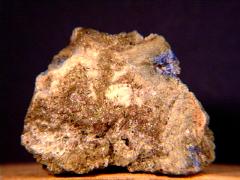


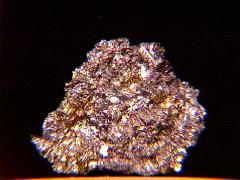
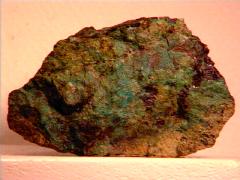
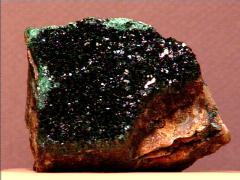
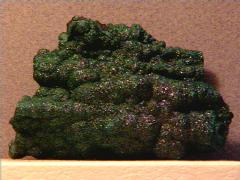




Or you could bounce them. Copper rings when bounced on a hard surface, zinc doesn't.
ReplyDelete